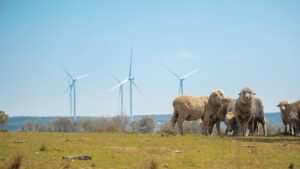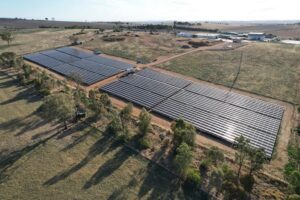In the final part of our 3-part series (you can see part one here and part two here), we explore how a local Hawaiian business has changed its practices to improve sustainability and resilience by generating much of its own energy needs.

Maui Brewing Company is a boutique brewer located at Kihei, Maui, and is the largest craft brewer in the state of Hawaii. Garret Marrero and his wife run this business which started in 2005. The brewery is unique in that it is close to being grid independent in 2019, an objective which was pursued due to high electricity prices in Hawaii and a desire to increase sustainability.

It installed a large photovoltaic array on the roof of its brewery and warehouse to generate electricity and utilises Tesla’s Powerpacks to store solar energy.

The Tesla Powerpacks have been installed to store excess solar and provide electricity and grid services when required.

For times when the battery is exhausted and the solar supply is limited, the brewery uses locally sourced biodiesel from Pacific biodiesel, which sources much of its feedstock locally, from sources such as waste cooking oil, sunflower oil, tallow and other suitable sources.
Notably, these days Hawaii does not produce ethanol domestically as the sugar industry has effectively closed due to competition from Brazil and Australia, so ethanol in petroleum is imported from the US or Caribbean.
Additionally, to replace the use of gas in its brewing process they are building an array of solar concentrators over the carpark to superheat water.

The installation of these solar technologies, energy storage, biodiesel and other emerging technologies has meant that Maui brewing company is fast approaching 100% renewable in its energy use, saving money and making its business more resilient as it relies less upon being connected to the local grid.
It is an excellent example of the renewable energy transition in practice in Hawaii.








